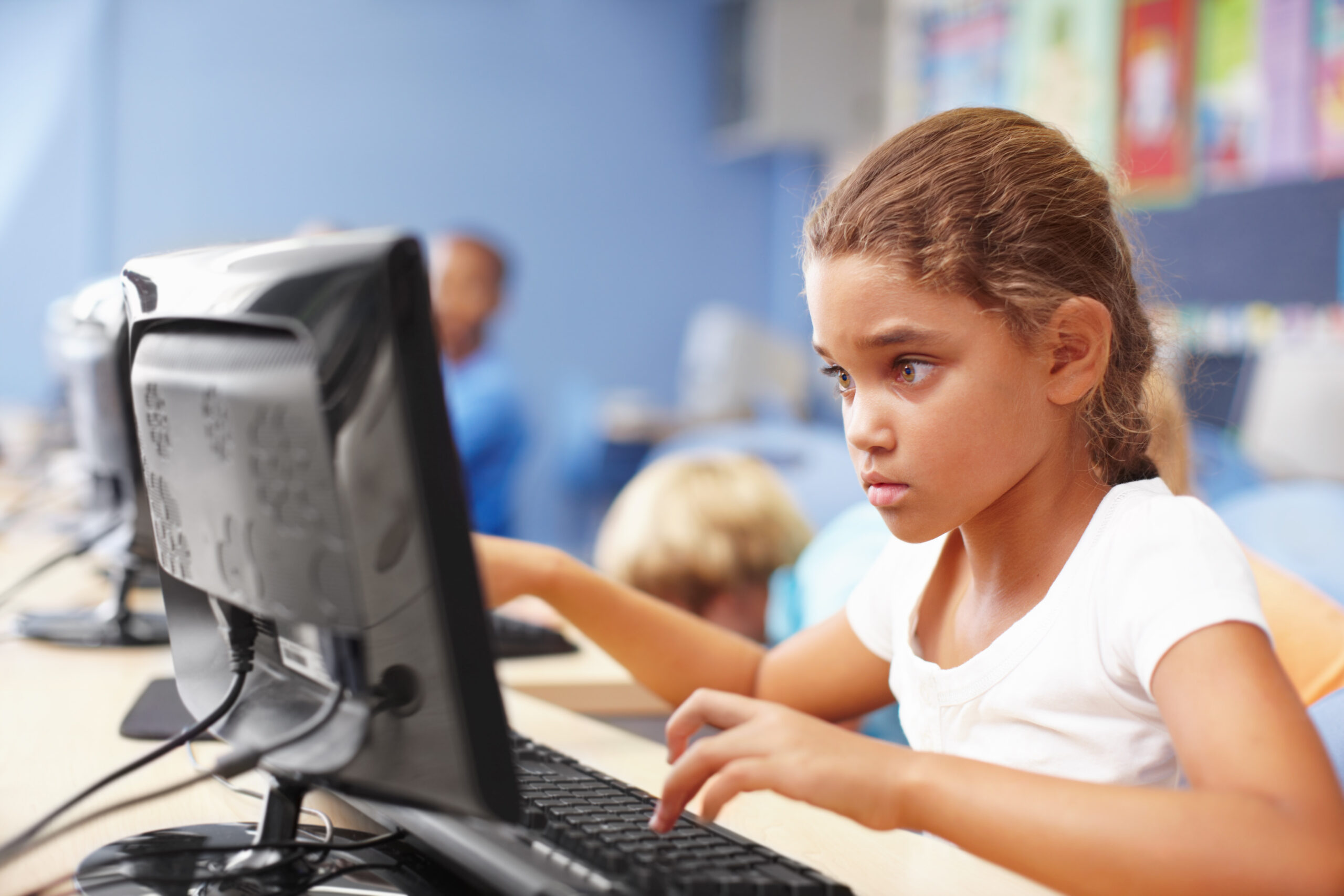Schools worldwide have been grappling with the issue of learning loss in a post-pandemic world. Students in many areas have fallen a year or more behind in their schooling, while all students in all demographic areas experienced some loss, students living in poverty were impacted the most. Battling these losses while also maintaining a learning environment that supports student mental health, is a challenge.
Knowing where students are at in their learning is key to starting to address learning loss. Educators and schools can use assessment for learning loss to help get a clear picture of exactly where their students are at and to adjust curriculum and instruction to match student abilities. Learning loss may take many different shapes and forms and may impact students in different ways, knowing your student and personalizing their learning is a good place to start.
Learning Loss in the Post-Covid Landscape
The impact of learning loss and recovery from it has been particularly severe for disadvantaged students, who are more likely to experience the negative effects of remote learning. According to research, students from low-income households are more likely to experience academic setbacks and are at a higher risk of dropping out of school than their peers. Some other groups of students that are impacted at a higher rate include:
- Students with Disabilities
- Multilingual Learners
- Students with limited access to the internet
- Students experiencing homelessness
To address the learning loss, schools and educators have to rethink their approach to teaching and learning, including adopting new technologies and teaching strategies that prioritize individualized learning and student-centered approaches.
It is also important to note that students with more resources have also begun to show signs of improving more rapidly than students with fewer resources. This means that schools also need to ensure that students have access to the necessary resources, such as technology and internet access, and support to mitigate the effects of learning loss, such as tutoring, mentoring, and academic interventions. Assessment for learning loss is a way to monitor which students have been impacted, and how they are impacted and can shed light on possible solutions.
How are school leaders leveraging assessment to understand student learning loss?
In response to the COVID-19 pandemic, many school leaders are leveraging assessment to understand student learning loss. Here are some ways they are doing it:
Assessments for learning – Schools are using assessment for learning and assessment for learning loss, to understand where students are struggling and identify the areas that require remediation. These assessments help to identify the specific skills and knowledge that students need to acquire to catch up to their peers.
Formative Assessments – Schools are also using formative assessments to monitor student progress and adjust instruction as needed. Formative assessments are ongoing, informal assessments that help teachers identify student strengths and weaknesses in real time.
Standardized Tests – Schools are using standardized tests to measure student learning loss and identify trends across schools and districts. Standardized tests are designed to measure student knowledge and skills against a common standard, allowing schools to compare their students to those in other schools and districts.
Teacher Observations – School leaders are encouraging teachers to use their observations of student performance in the classroom to identify areas of student learning loss. Teachers can use their observations to adjust instruction, provide targeted support, and help students catch up.
Student Feedback – School leaders are also soliciting feedback from students to better understand their experiences during the pandemic and identify areas of learning loss. Students can provide valuable insights into their learning and the challenges they have faced.
By leveraging these different types of assessments, and focusing on keeping up with beneficial assessment trends, school leaders can gain a more comprehensive understanding of student learning loss and develop strategies to address it. One of the challenges is that there is no clear-cut best practice on student recovery because we haven’t seen a pandemic like this before. This means that there is limited evidence surrounding what works and what does not.
Are there approaches that fall short?
In using assessments for learning loss schools must implement assessments effectively. Even before the pandemic, schools had begun to shift away from high-stakes summative assessments and towards formative assessments that show learning. In these traditional summative assessment approaches, students are only able to demonstrate learning after all of the teaching has occurred. This makes it difficult to identify gaps in learning or areas where a student may have misconceptions. By the time the summative test has arrived, these misconceptions are often fossilized or the student has applied the misconceptions to other areas, further impacting learning.
—
For all assessments, it is important to consider the individual student and where they are at in their learning. However, it is also difficult for teachers to individualize instruction or assessment when using traditional testing tools. By using advanced assessment software, such the TAO testing platform, educators have the flexibility and power to take the traditional assessment and make them meaningful and useful for all students. All of this serves to bring students back up to grade level and help to reduce the impacts of pandemic learning.

